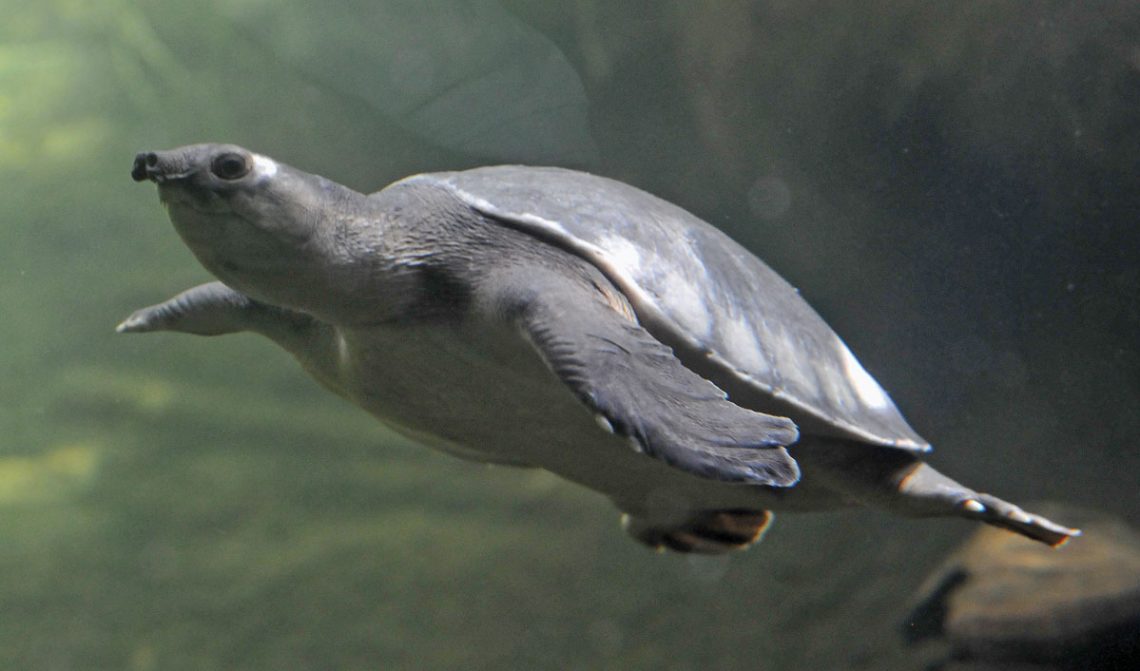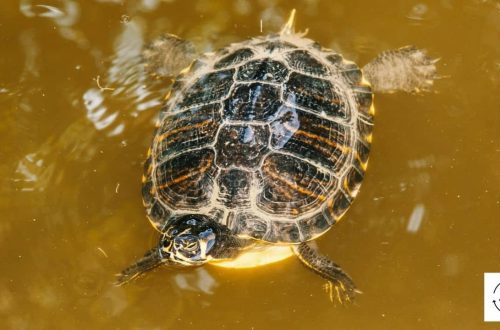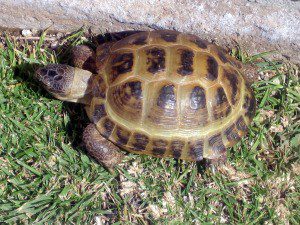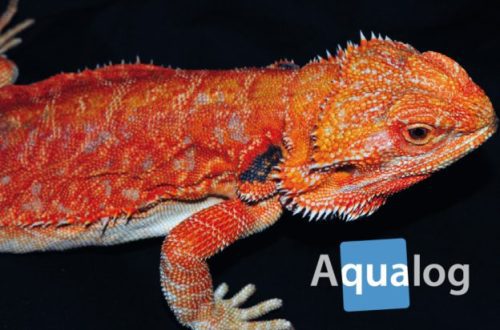
צוויי-קלאַוועד אָדער חזיר-נאָוזד טשערעפּאַכע, וישאַלט און זאָרג
Probably the funniest and cutest turtle, which is able to conquer at first glance with its almost cartoonish childish muzzle with a funny snout-nose and lively, curious kind eyes. It seems that she smiles at everyone. In addition, the turtle is active during the day, quickly gets used to it and is not afraid of people. Their carapace is covered with skin, in places with tubercles, olive-gray above, and white-yellow below. The limbs are similar to oars, on the front there are 2 claws, for which the turtles earned their name.
Many lovers dream of having such a miracle at home, but it is not easy to fulfill such a desire. Difficulties arise even at the acquisition stage. In New Guinea (where this creature comes from), they love it (they even depicted it on a coin) and strictly protect it from export by law (dared people face prison), and in captivity it practically does not breed. Hence the high cost of copies. The second difficulty (if you still found and bought yourself such a turtle) is its size. They grow up to 50 cm. Accordingly, they need a terrarium of about 2,5 × 2,5 × 1 m. Few can afford such volumes. But, if this is not a question for you, then we can assume that in all other respects this animal is completely problem-free. It remains to properly equip a new home for an exotic miracle.
In nature, this species inhabits lakes, streams and rivers with a slow flow of water, and even backwaters with slightly salty water.
They lead a diurnal lifestyle, digging in soft ground and stuffing their belly with all kinds of plant and animal food (coastal and aquatic plants, mollusks, fish, insects).
Based on their lifestyle, you need to organize a terrarium. These completely aquatic turtles only come to land to lay their eggs. So they don’t need a shore. The water temperature should be maintained at 27-30 degrees, but not below 25, as this can lead to health problems. The soil is not large and without sharp corners, as the turtle will definitely want to rummage in it, and sharp edges can damage its delicate skin. In the aquarium, you can organize shelters from snags (again, without sharp edges), plant plants, but, alas, the turtle will certainly eat the plants. They can be kept with large non-aggressive fish. Small fish turtles can quietly let out for dinner, and large biting fish can terrorize the turtle, injuring her. For the same reasons, two turtles should not be kept together. Since the turtle is quite curious, it will stick its nose into the existing filters and heaters (and maybe not only stick it, but also try them for strength), so you need to protect the equipment from such contact.
The turtle is not very picky about the quality of water, but it should not live in mud, so a filter and water change are necessary. An ultraviolet lamp can be hung above the water for irradiation and sterilization.
Now let’s talk about food. As already described above, the turtle is omnivorous. Therefore, her diet should include both plant components (apples, citrus fruits, bananas, spinach, lettuce) and animals (bloodworm, fish, shrimp). The ratio of these components changes with age. So, if young turtles need about 60–70% of animal food, then with age they become 70–80% herbivorous. Be sure to add supplements containing calcium and vitamin D3, both with food and in water.
Turtles, although for the most part quite peaceful and friendly, easily getting used to the owner, but like almost any animal, they are able to show their character and bite. But observation and communication with these, of course, cute creatures will bring great pleasure. It is not for nothing that at exhibitions and in zoos, they gather a large number of spectators around them.
Under the right conditions, a turtle can live for more than (Oh, even your descendants can get it) 50 years.
So, it is necessary:
- Large terrarium 2,5×2,5×1 m.
- The water temperature is 27-30 degrees.
- Soft ground, and scenery without sharp edges.
- Filtration and timely water change.
- Food containing both plant and animal components in varying proportions depending on the turtle’s age.
- Mineral and vitamin supplements with calcium and vitamin D3.
Cannot contain:
- in a tight terrarium;
- where the ground and scenery have sharp edges;
- in water with a temperature below 25 degrees;
- with other individuals of its own species and aggressive fish species;
- in dirty water;
- regardless of their dietary needs.





